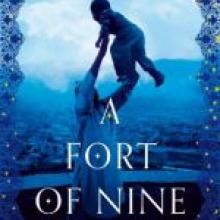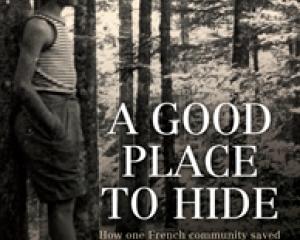
Comparisons with Khaled Hosseini's 2003 novel The Kite Runner are inevitable, but this story is all the more poignant for being the author's own.
Now in his early 30s, Qais Akbar Omar has grown up in the most turbulent time in the oft-invaded country's recent history.
His story is a first-hand account of living under the Russians, the Mujahideen, the Taliban, and the US and its allies.
Despite three decades of turmoil, his love for his country and home city of Kabul is clear. At the start of the book, ''in the time before the fighting'', he paints a vivid picture of a vibrant Kabul with lush gardens, wildlife, plentiful fruit and produce, academia, culture and commerce, and a life full of fun, family and friendship.
He lives with his boxer and teacher father, banker mother, sisters, younger brother and aunts, uncles, and cousins in his much-loved grandfather's house.
A former accountant, he has set up schools and runs a business selling carpets, helped by Omar's father. The family are wealthy, educated and cultured. With dozens of cousins, including his best friend Wakeel, Omar's life is idyllic.
But the innocence of childhood is short-lived. He recounts the increasing atrocities and indignities visited on ordinary Afghans, first by the Russian soldiers, then by those ''who kill by day and preach by night'' - the
Mujahideen or ''holy warriors'', and then the Taliban or ''students of God'', and how the country's rich multicultural society splinters, and tribal and ethnic divisions become deadly.
His descriptions are not for the faint-hearted: living under constant shelling and sniper fire, he witnesses death and destruction every day, and sees people mutilated and slaughtered. Under the Mujahideen, he is captured and beaten, forced to do hard labour, and to watch gang rapes of female captives.
Life under the ''cruel and ignorant'' Taliban and their ''strange laws'' comes later and he is forced to witness their grisly form of justice at Kabul stadium, and is again captured and tortured.
The family seek sanctuary first in the fort of the title, but then flee Kabul and live a nomadic lifestyle, sheltering at one stage in a high cave behind the smaller of the two Buddhas of Bamiyan.
He writes of their destruction: ''I had always expected I would see our Buddha again. But the storm of ignorance that has been raging in Afghanistan for so many decades smashed him to pieces before I could return. I once lived inside his head. Now he lives in mine.''
Omar writes simply but beautifully. The book is written in English which he taught himself as a young adult so he could become an interpreter, first with the US then UN.
He managed to get a university journalism qualification despite an education interrupted by years of fighting.
In exile he learns to weave carpets, and sets up his first business while under the Taliban, employing females, whom his father also teaches, even though females are not allowed education or work outside the home.
When the post-September 11 Allied invasion brings a temporary respite from the Taliban, the family remain wary, as his father says ''until we find out if the Americans are our real friends or enemies in the mask of friends''.
And even after the country's first democratic elections, Omar laments the fact the dream of the old Afghanistan has not been realised.
But in a hint of the Afghan spirit of determination he tells us early on: ''from the earliest age we are taught never to run away from a fight, even if we think we cannot win'' and his final message, spoken succinctly by a cousin, embodies that: ''We have to tell the world that Afghanistan has a new owner, and that is our generation.''
Compulsory reading.
- Helen Speirs is ODT books editor.



